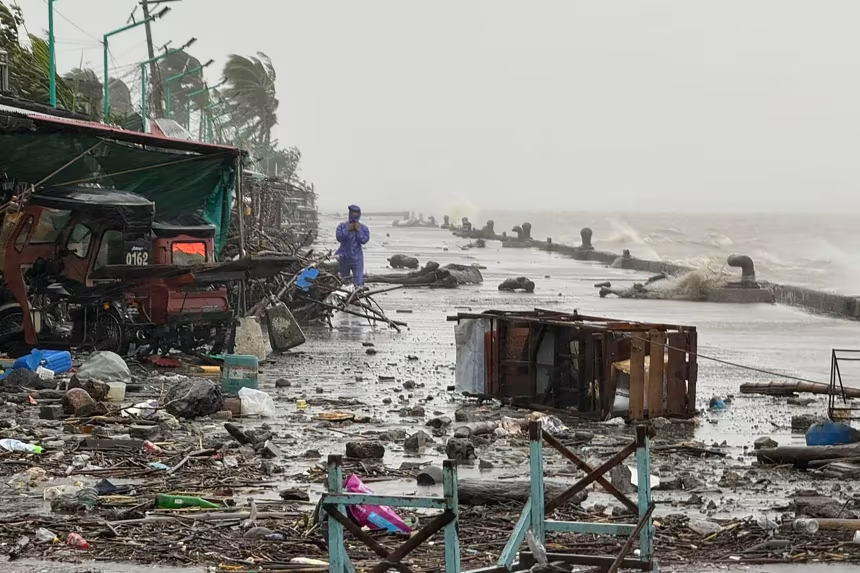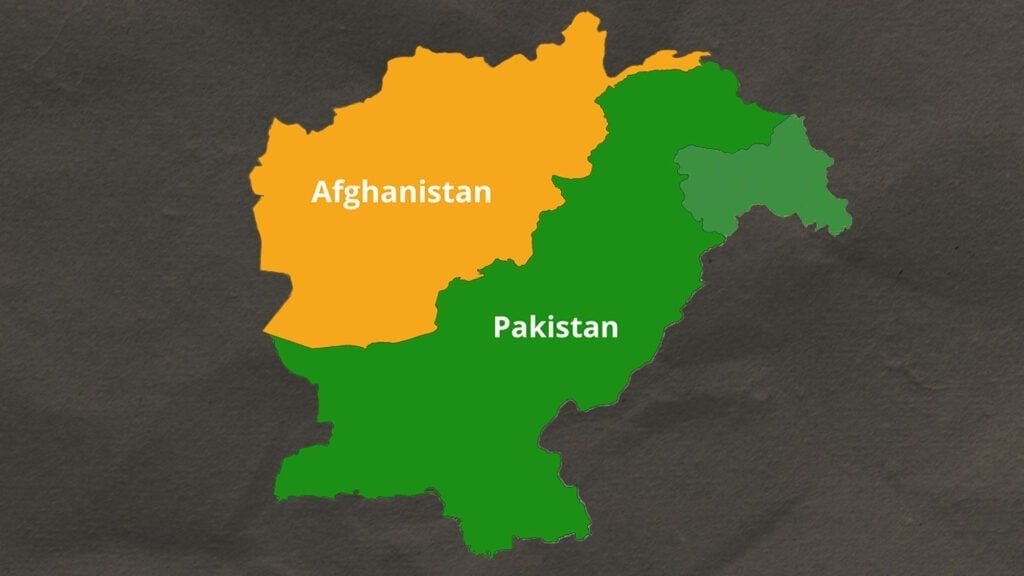Super Typhoon Ragasa, known locally in the Philippines as Nando, is currently the strongest storm in the world this year, unleashing destructive winds and torrential rains across the northern Philippines. Packing sustained winds of 267 kph (165 mph), equivalent to a Category 5 hurricane, Ragasa has forced the evacuation of more than 10,000 people, with warnings of life-threatening storm surges, landslides, and floods across Luzon and surrounding islands. Schools and offices have been closed nationwide, including in Metro Manila, as authorities place hospitals and emergency services on high alert. 👍 Follow Republic Policy on YouTube
The storm is expected to track toward the Babuyan and Batanes Islands before heading west toward Hong Kong, Macau, and China’s Guangdong province. Even without making direct landfall, Ragasa’s outer bands are bringing rainfall exceeding 400 mm (15 inches) and wind gusts topping 315 kph (195 mph). Coastal regions face storm surges of up to three meters, prompting authorities to declare the highest tropical cyclone wind signal in northern Luzon. Video footage from Camiguin Island shows water surging through residential streets, underscoring the destructive scale of the typhoon. 👍 Follow Republic Policy on Facebook
Authorities in Taiwan, Hong Kong, and southern China are now bracing for Ragasa’s impact. Taiwan has suspended ferries, issued evacuation warnings in Hualien County, and closed nature trails in vulnerable areas. In Hong Kong, the government has warned of possible winds exceeding 200 kph by midweek, with gale-to-storm force gusts threatening flooding, landslides, and infrastructure damage. Hong Kong Airport is preparing to halt passenger flights for 36 hours, and airlines like Qantas have already announced cancellations. Officials fear conditions could mirror deadly typhoons such as Hato (2017) and Mangkhut (2018). 👍 Follow Republic Policy on Twitter
The crisis highlights the growing link between climate change and extreme weather events. Global ocean temperatures have been at record highs for the past eight years, fueling explosive storm intensification like Ragasa’s eyewall replacement cycle. Scientists warn that hotter seas caused by human-driven climate change are supercharging typhoons, making them more powerful and unpredictable. Recent storms, including Hurricane Erin in the North Atlantic, have followed a similar pattern of historic rapid strengthening. 👍 Follow Republic Policy on Instagram
The western Pacific is the most active tropical basin in the world, with September historically its busiest season. Ragasa serves as a stark reminder of the immense risks faced by densely populated coastlines as storms grow more destructive. Experts emphasize that while property can be rebuilt, lives lost to climate-driven disasters cannot be replaced. Communities across the Philippines, Taiwan, and southern China remain on high alert as the super typhoon continues its destructive path. 👍 Follow Republic Policy on LinkedIn















